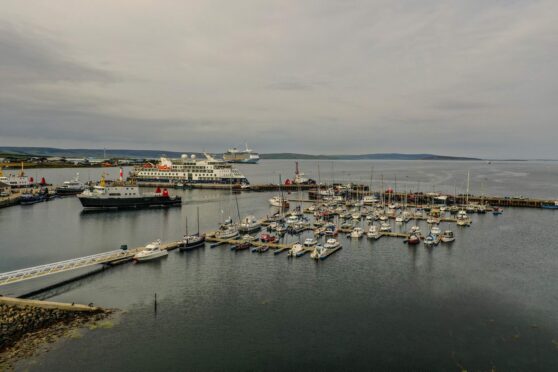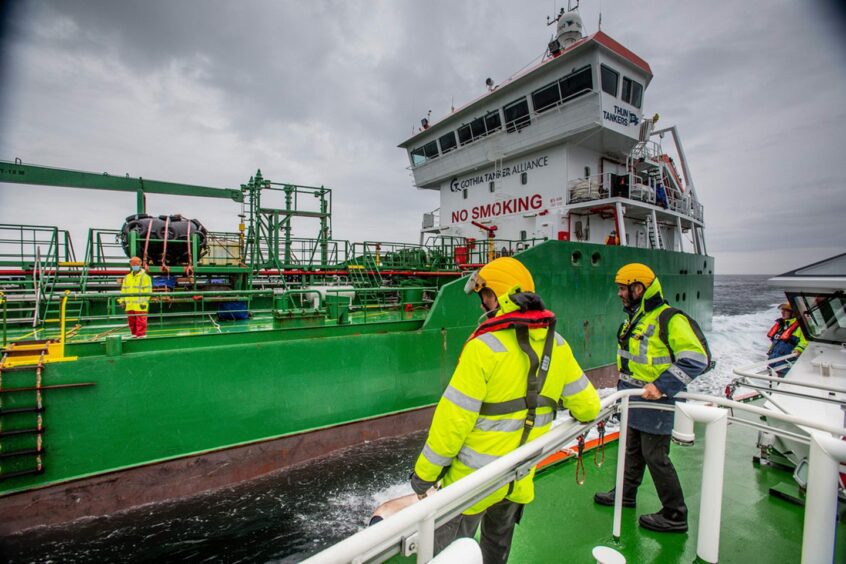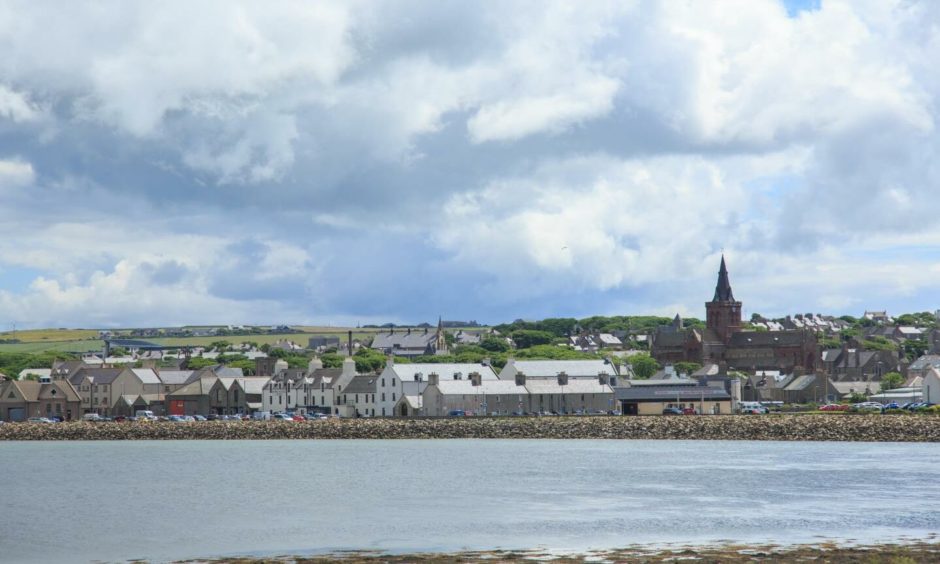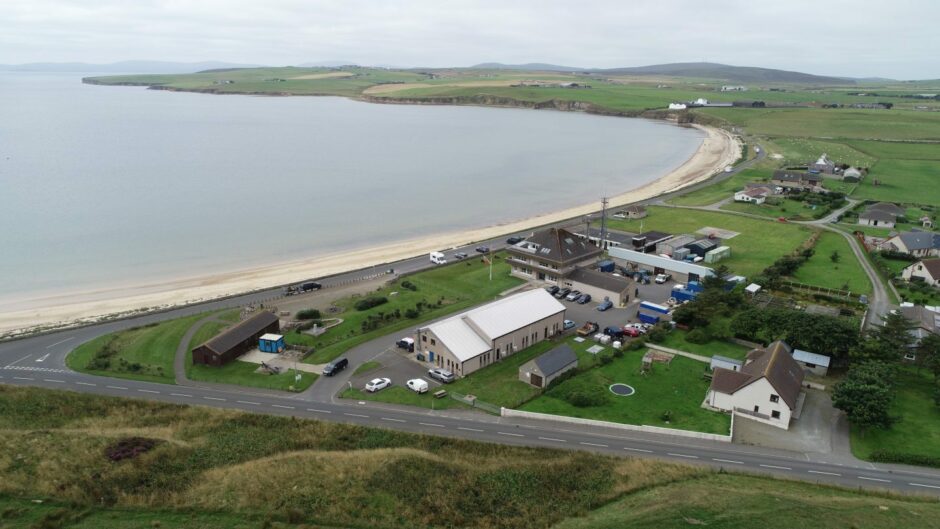With an enviable set of resources, Orkney Harbours can be at the heart of Scotland’s growth.
-
Some Press and Journal online content is funded by outside parties. The revenue from this helps to sustain our independent news gathering. You will always know if you are reading paid-for material as it will be clearly labelled as “Partnership” on the site and on social media channels.
This can take two different forms.
“Presented by”
This means the content has been paid for and produced by the named advertiser.
“In partnership with”
This means the content has been paid for and approved by the named advertiser but written and edited by our own commercial content team.
One of the largest and most diverse municipal ports in Scotland, Orkney Harbour Authority operates 29 piers and harbours across the archipelago.
With large scale investment and developments already underway, the Isles are expected to become even more crucial in the success of Scotland’s future in a number of significant ways.
A developing masterplan foresees extensive capital projects overhauling and extending Hatston Pier, Kirkwall Pier, Scapa Pier and Stromness, with the focus on all sectors that are currently supported in Orkney. A second phase will develop the islands’ smaller harbours and piers.
Government support will be vital to realising the potential of the sites. But the promise is clear.
Paul Olvhoj, business development manager at Orkney Harbour, says: “We’re linking our natural assets together with our harbours Masterplan, which is providing transformational facilities for the continued growth and future of not only the harbour authority but Orkney as well.”
So what will be the major benefits of this ambitious plan to both Orkney and Scotland as a whole?
Sparking a jobs boom
A commissioned study found the projects will have a transformational impact on the Orkneys’ economy and society.
Building infrastructure on the five key sites on the mainland will create hundreds of jobs. The work will cover a huge variety of sectors too, from renewables to fishing and tech.
Paul says: “The great thing about our Masterplan is that, depending on the sector, there will be a wide range of job opportunities available – from roles that require skills in the offshore wind technology field, to jobs that our young people can enter straight into from school.”
Helping attract tourists to the Isles
The Orkney Islands attract visitors from around the world that come to explore the stunning coastlines and remote islands that surround the harbour. It’s a lucrative industry not just for Orkney Harbours but also for the many businesses based in Orkney, where hundreds of thousands of tourists spend their money every year.
State-of-the-art marina facilities for the cruise sector will undoubtedly make it even more popular. And Orcadians can only benefit from the business that comes from better access to facilities and travel to the Isles.
Leading the drive to net zero
Orkney harbour has become increasingly important as a base for the renewables sector. The harbour serves as a crucial hub for the development of offshore windfarms and tidal energy systems. They are helping to reduce Scotland’s carbon footprint and provide even more jobs and investment.
As the largest natural harbour in the northern hemisphere, Scapa Flow is an incredible natural asset. A proposed deepwater quay is critical to supporting the offshore wind projects that will take place over the next decade. It will keep the Orkneys at the centre of Scotland’s green energy transformation.
Paul adds: “The biggest driver of the masterplan, which has a vision up to 2050, is to look to future developments and projects to support marine renewables, particularly offshore wind, and help build a more sustainable greener future.”
It’s an enticing package that makes Orkney Harbour a vital player in Scotland’s future success.



